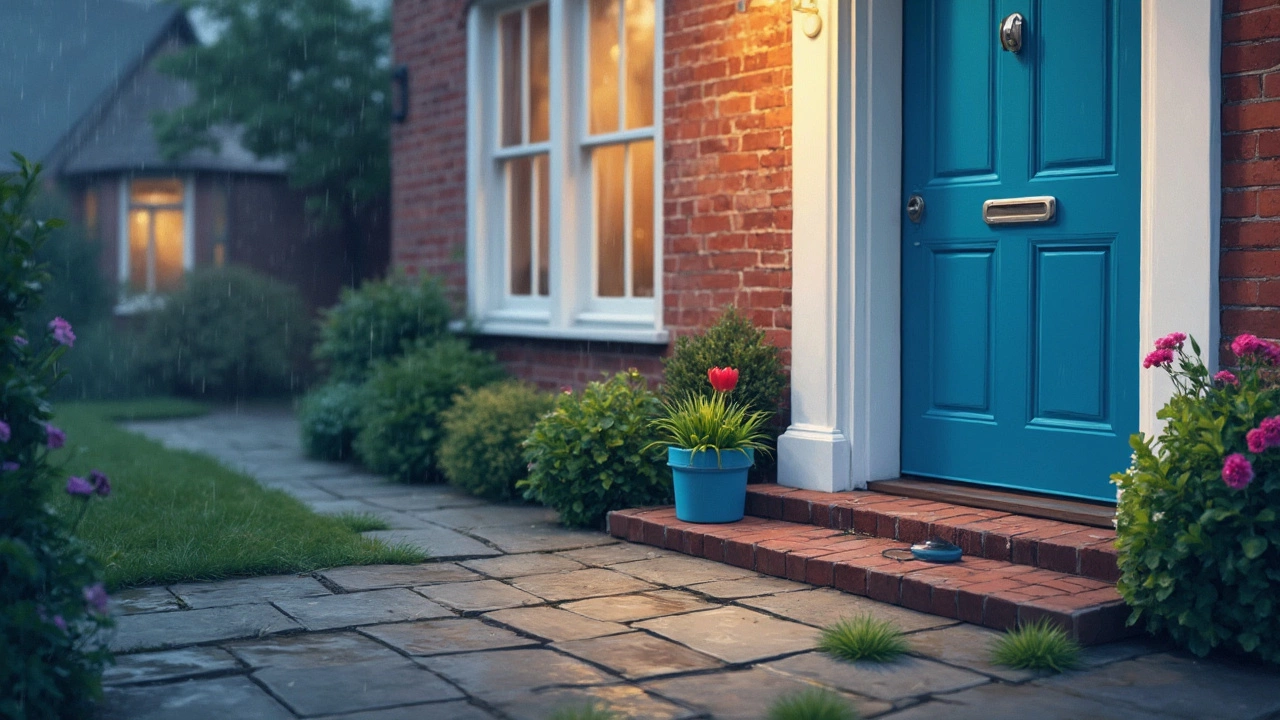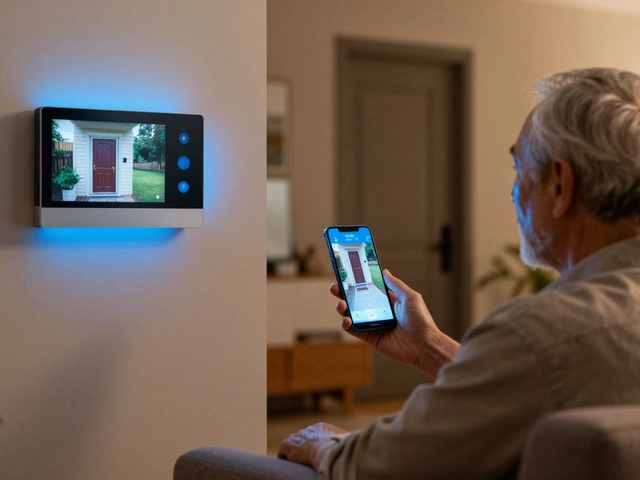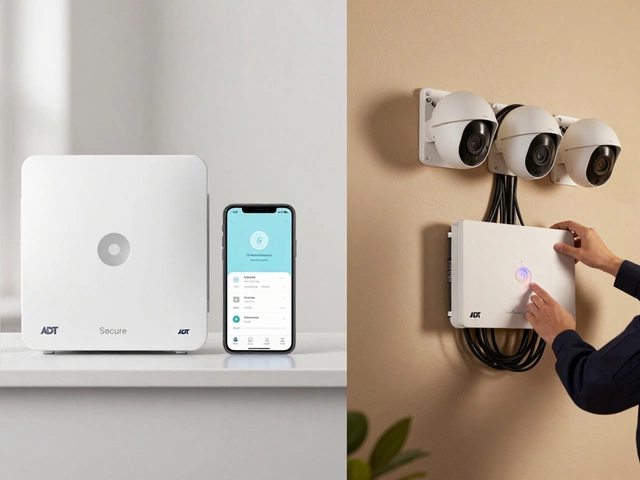Wireless Doorbell Tips for UK Homes
Thinking about swapping the old wired chime for a modern wireless doorbell? You’re not alone. Brits love the convenience of video and app alerts, but the market is full of options that can get confusing fast. This guide cuts through the noise and gives you straight‑forward advice you can use today.
Choosing the Right Power Source
The first decision is whether you want a battery‑run unit or a hard‑wired one. Battery doorbells are popular because they avoid drilling into the wall and they work with most existing doorbell plates. A good quality lithium‑ion pack can last 12‑18 months, but cold weather and frequent motion alerts will shave that down. Keep a spare battery handy and set a reminder to check the charge every few months.
Hard‑wired models pull power from the existing doorbell transformer, usually 16‑24 V AC in UK homes. If you already have a transformer, a wired doorbell gives you a constant power source and eliminates the need to replace batteries. The downside is you may need an electrician to upgrade an old transformer to the 24 V standard required by many new smart doorbells.
Tip: Use a simple voltage tester before you start. If you see less than 12 V, it’s time for a new transformer. Upgrading to a 24 V unit costs around £30‑£50 and gives you a more reliable feed for high‑resolution cameras.
Installation and Connectivity Basics
Most wireless doorbells need a solid Wi‑Fi connection within 10‑15 metres of your router. A weak signal will cause delayed notifications or missed video clips. Test the signal strength with a phone before you mount the unit. If the signal is low, consider a Wi‑Fi extender or move the router closer to the front door.
When you mount the doorbell, aim the camera at eye level for the best field of view. Avoid pointing it directly at streetlights or the sun, as glare can wash out the image. Many models let you adjust the angle in the app, so you can fine‑tune it after installation.
Remember to set up chime compatibility. Some UK doorbells need a separate indoor chime that plugs into a power socket, while others can pair with a built‑in speaker. Check the product specs for “UK chime support” to avoid a silent doorbell.
Finally, review the privacy settings. In the UK, the Data Protection Act requires you to inform visitors that you’re recording video. Most apps let you add a small sign on the screen that says “Video Recorded”. Turning on end‑to‑end encryption adds an extra layer of protection for your footage.
These tips cover the basics, but there are a few extra tricks that can stretch your doorbell’s performance. Use a solar‑powered backup if you live in a sunny area – it can keep a battery‑run doorbell topped up even when the mains fail. And if you have a smart home hub, link the doorbell to your lights so they turn on automatically when motion is detected.
With the right power choice, solid Wi‑Fi, and a quick privacy check, your wireless doorbell will give you peace of mind without a lot of hassle. Happy installing!






